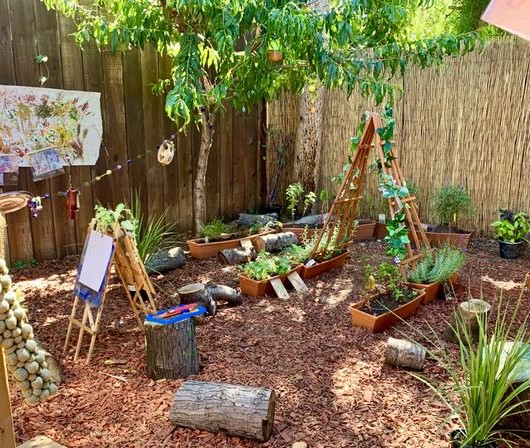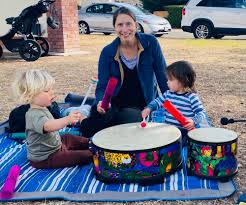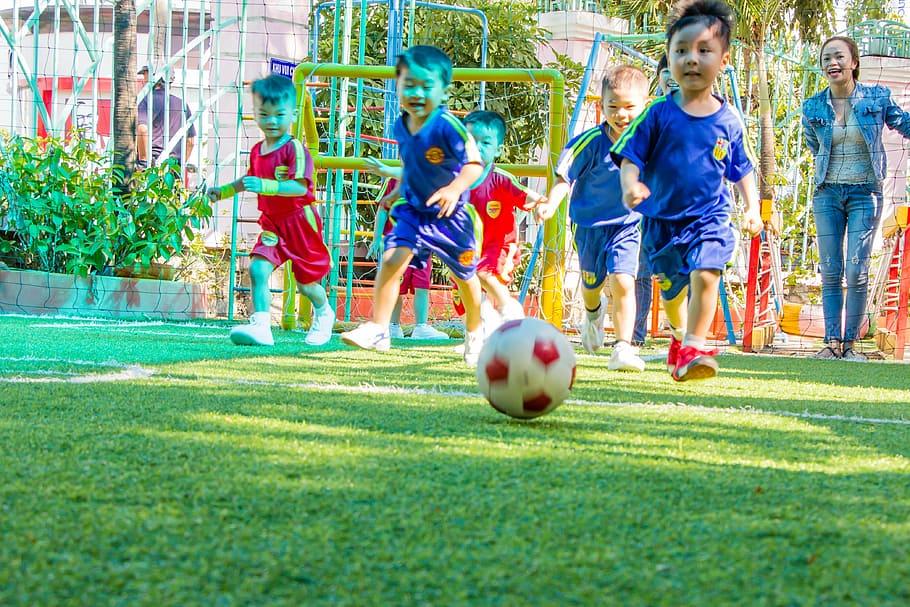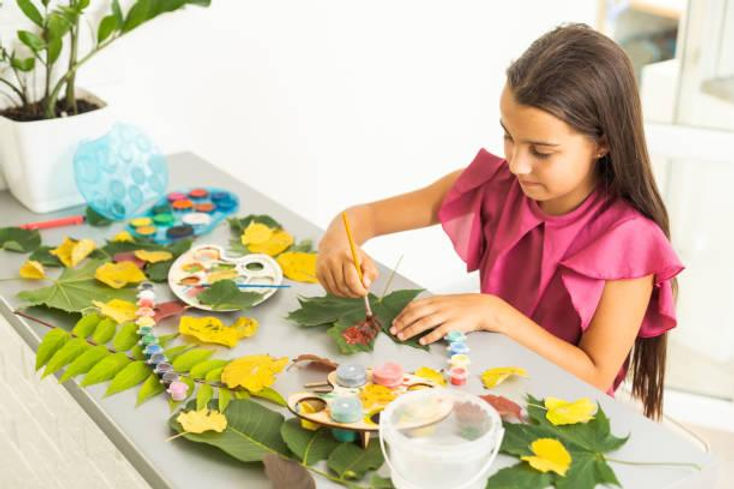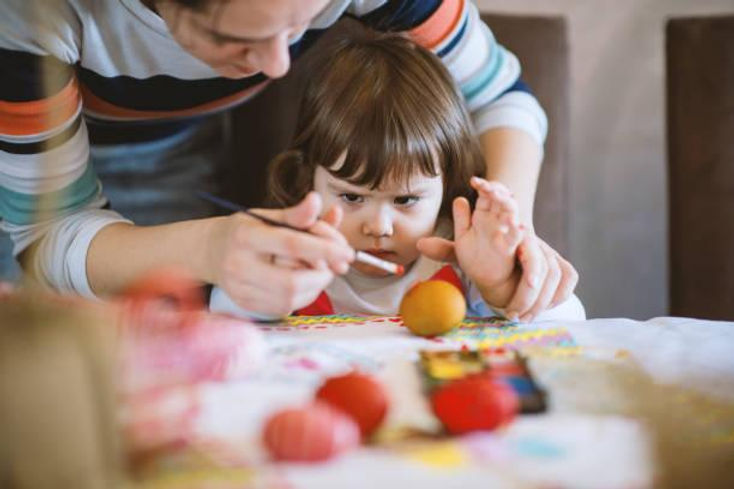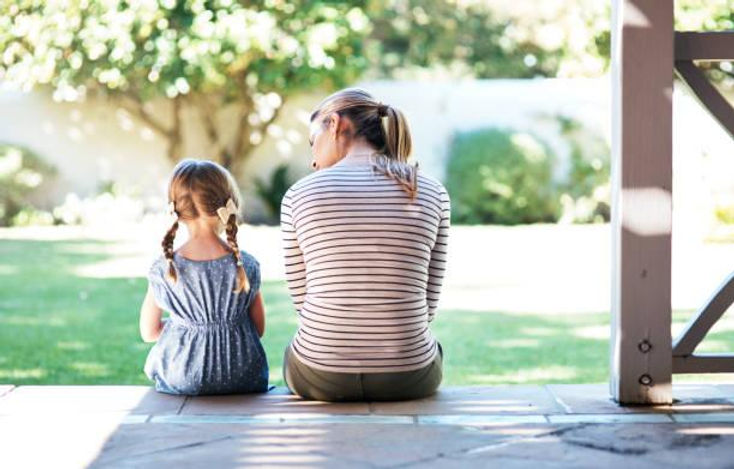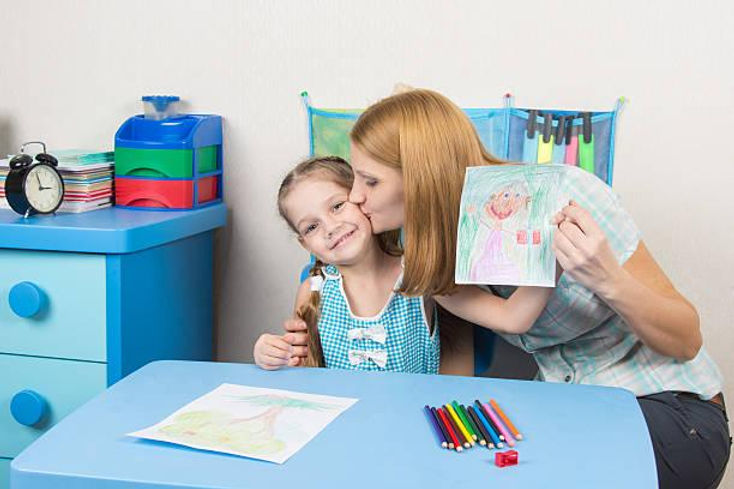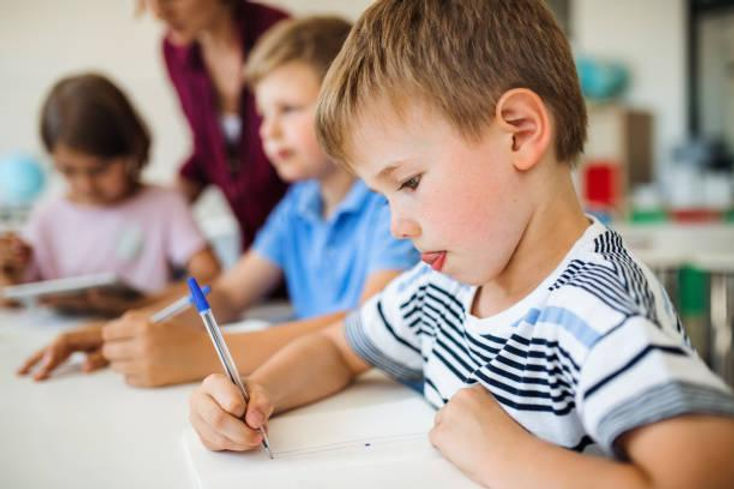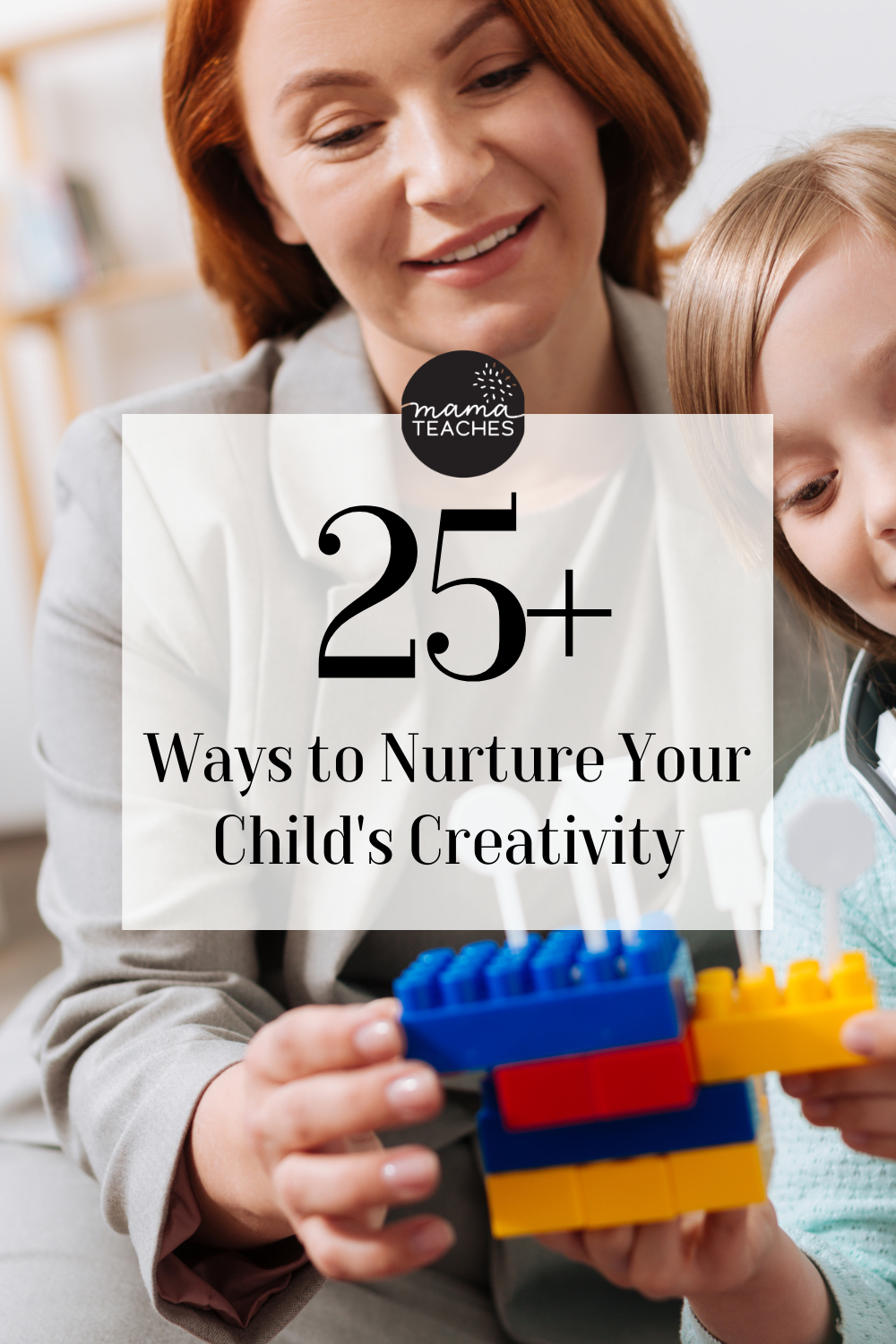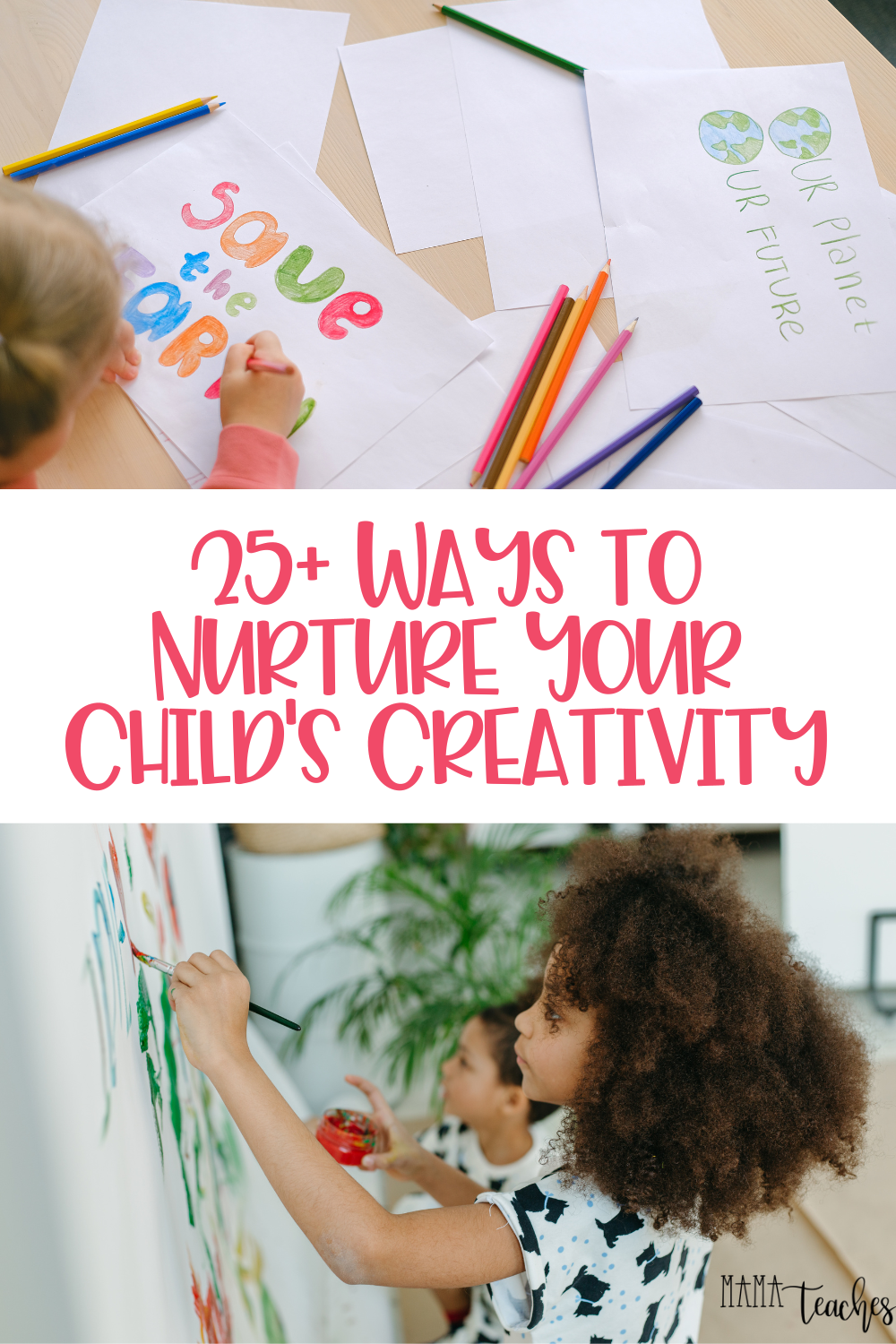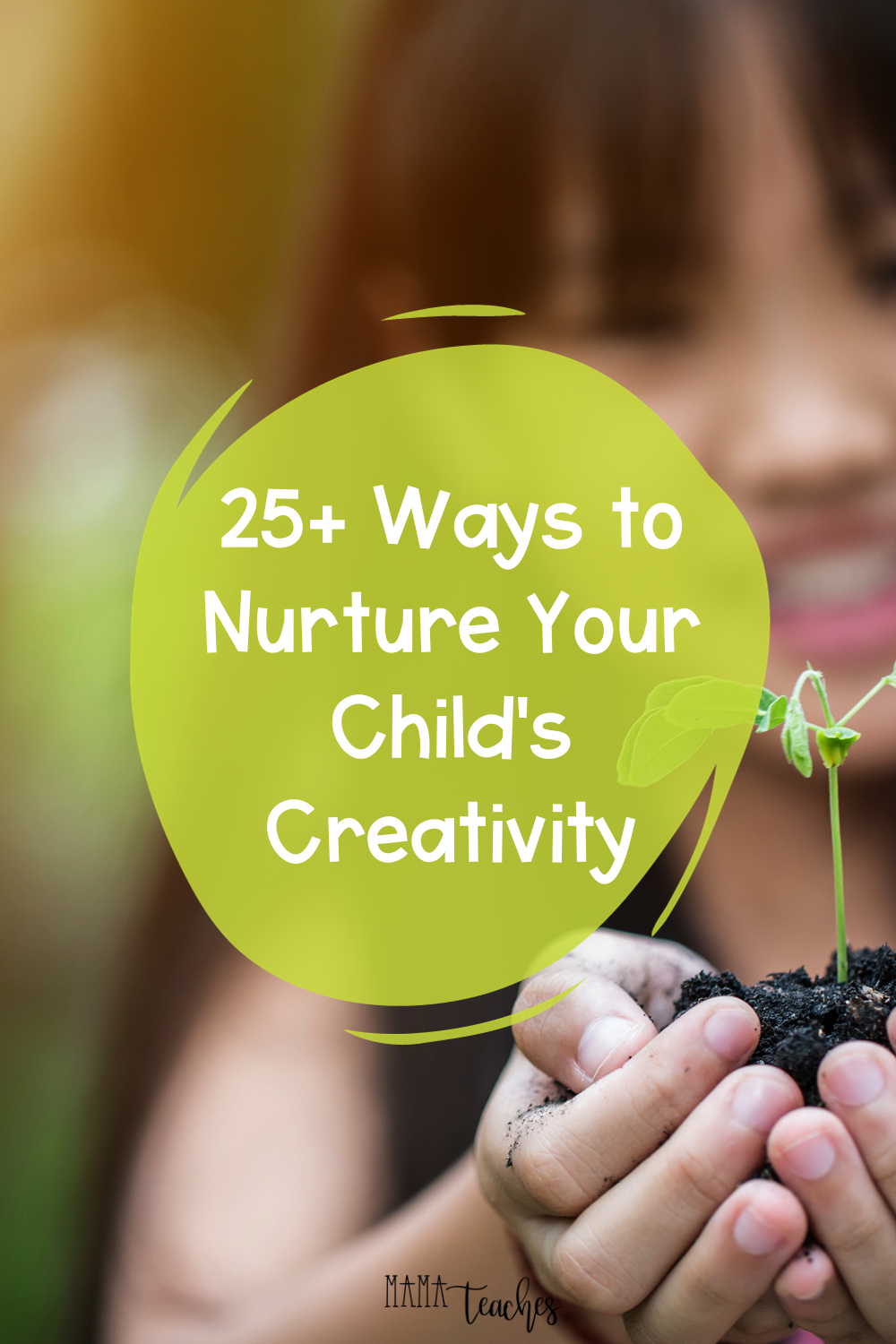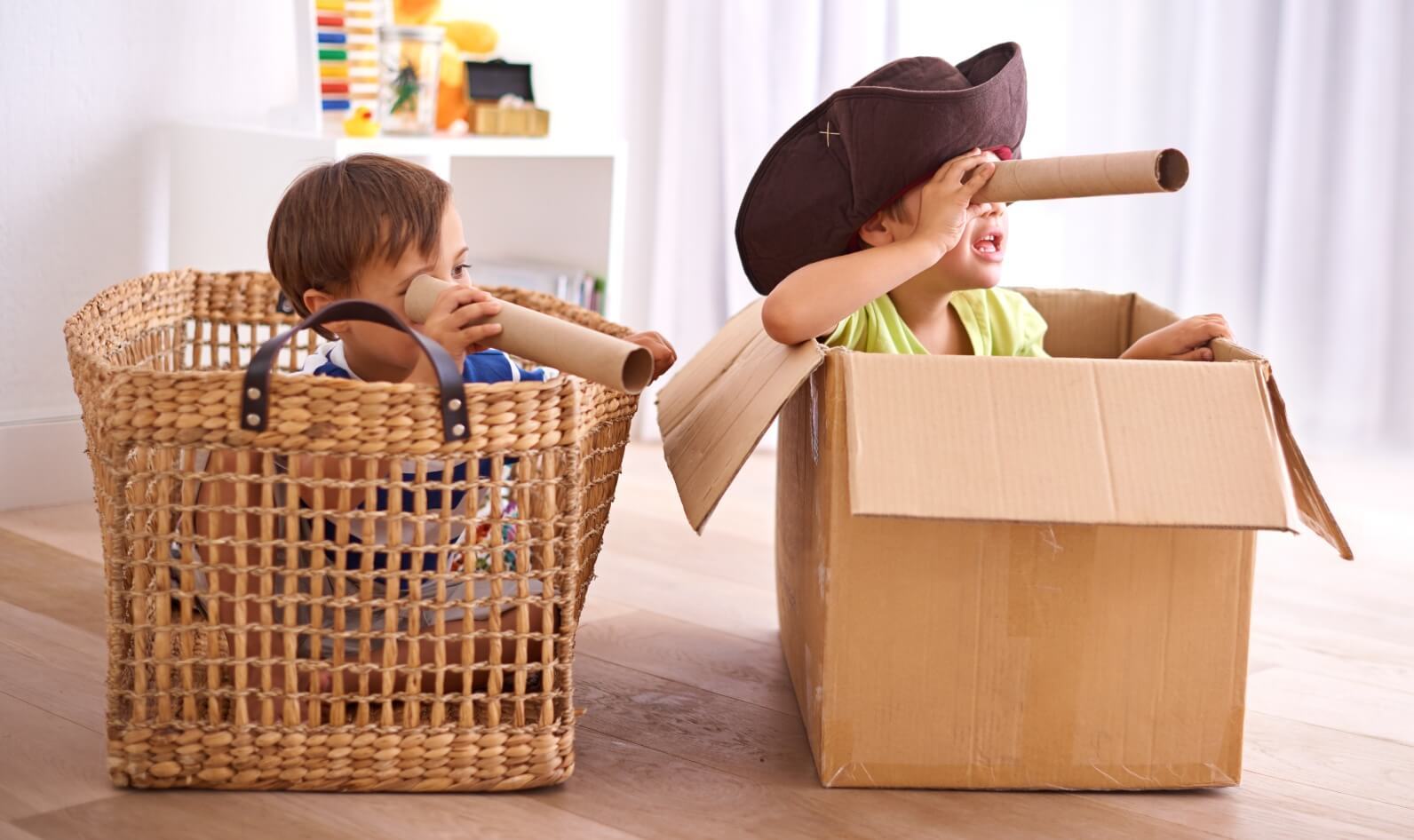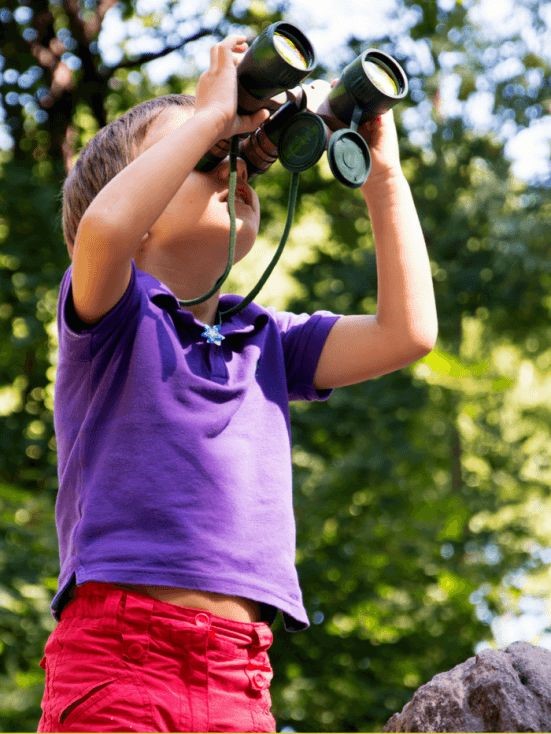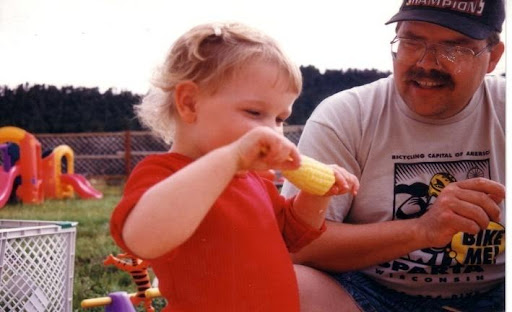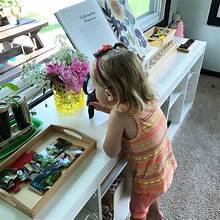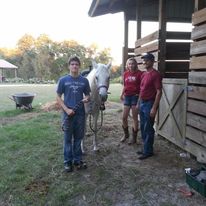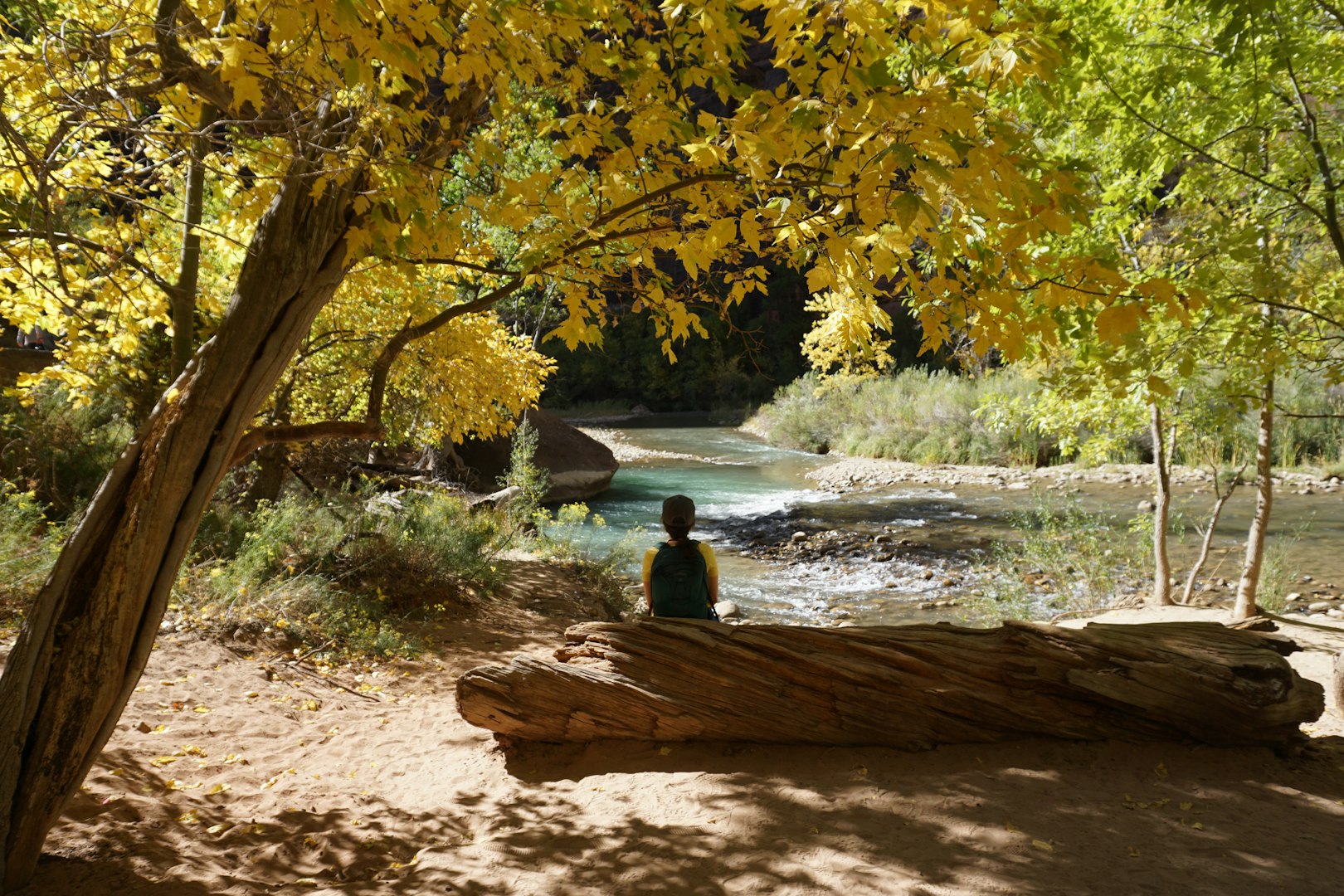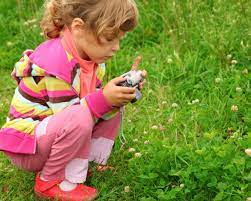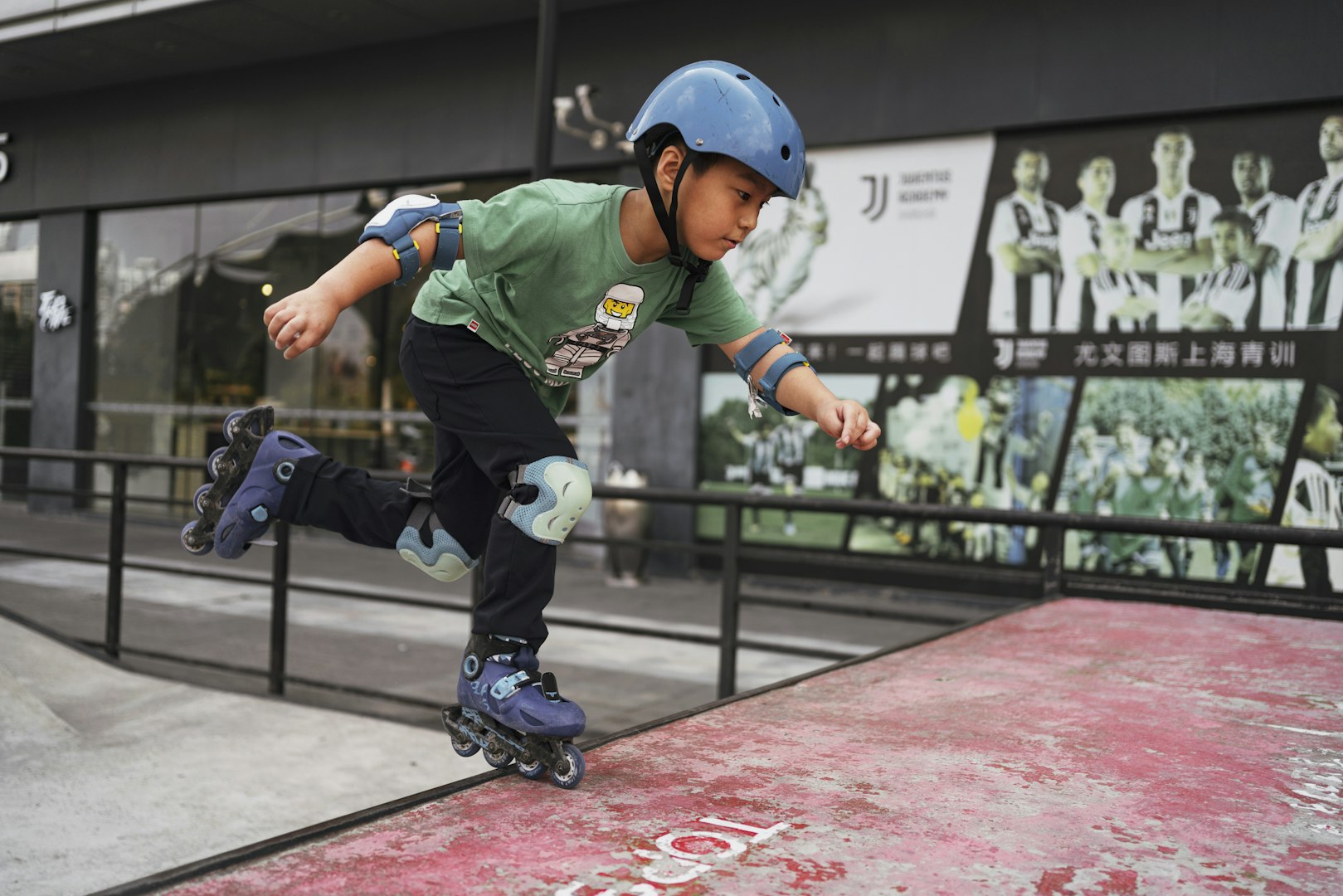33 New Hobbies for Kids to Try Today
Hobbies are essential for children’s development, offering endless opportunities for learning and fun.
This guide introduces 33 exciting hobbies to inspire creativity and growth in kids.
Arts and Crafts
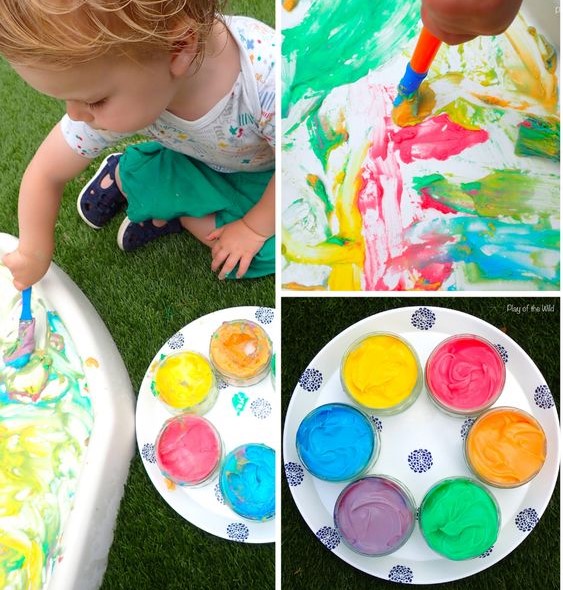
Painting
Painting is a wonderful way for kids to express their creativity and have fun with colors.
Types of Painting:
Watercolors: Great for beginners due to their easy cleanup and vibrant colors.
Acrylics: Offers a different texture and more vibrant hues than watercolors.
Finger Painting: Perfect for younger kids to explore colors and textures.
Basic Supplies Needed:
Paints (watercolors, acrylics, or finger paints)
Brushes (variety of sizes)
Paper or canvas
Water cups and paper towels
Palette for mixing colors
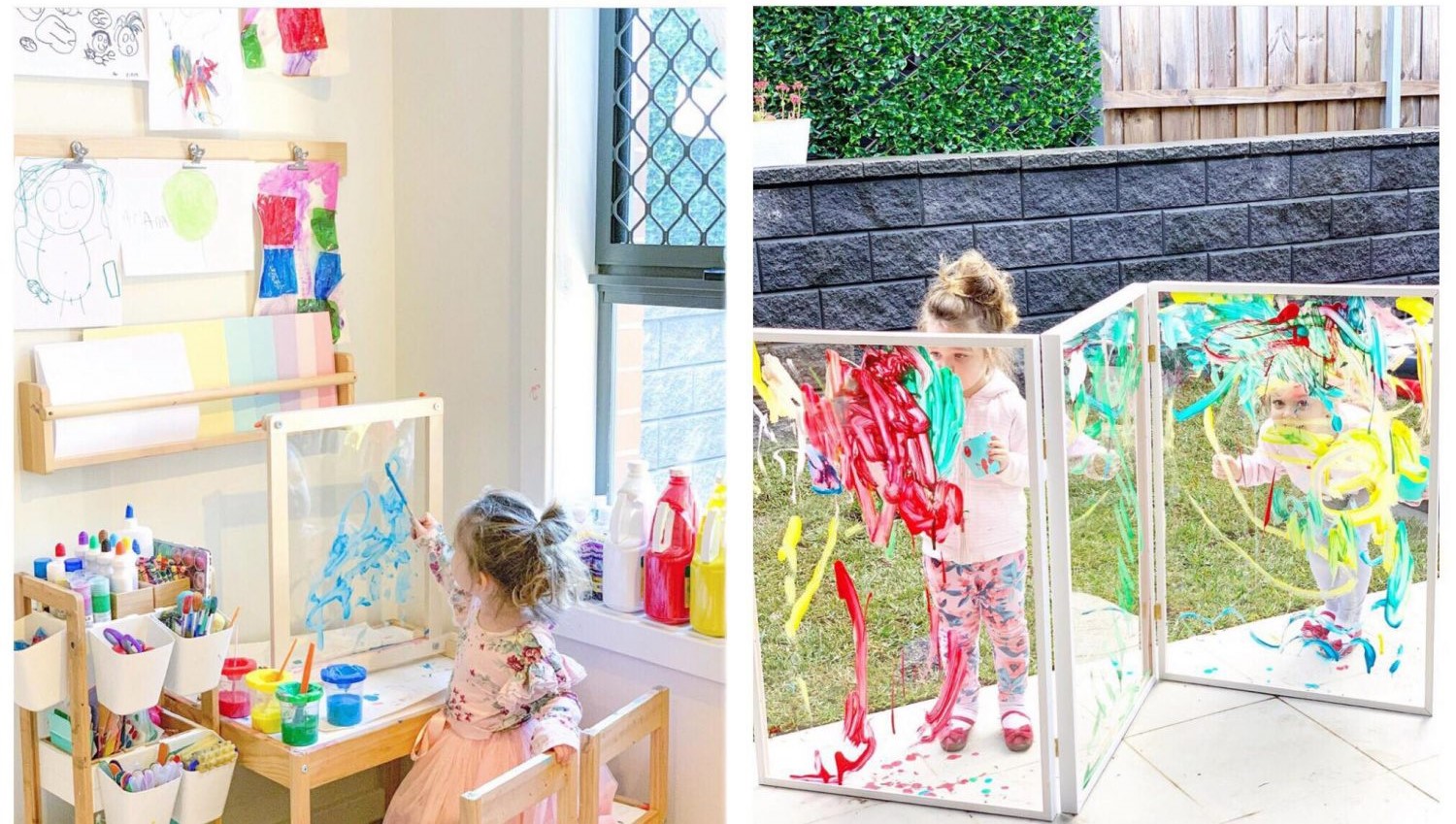
Fun Painting Projects to Start With:
Nature Paintings: Paint scenes from the backyard or a local park.
Abstract Art: Encourage kids to paint their emotions or favorite colors.
Animal Portraits: Choose a favorite animal and paint its portrait.
Drawing
Drawing is a fundamental skill that can be the gateway to various other artistic endeavors.
Drawing Basics for Kids:
Start with basic shapes (circles, squares, triangles)
Gradually introduce more complex figures
Practice drawing from real life and imagination
Recommended Drawing Tools and Materials:
Pencils (HB and colored)
Sketchbooks or drawing paper
Erasers and sharpeners
Rulers and stencils
Step-by-Step Drawing Activities:
Cartoon Characters: Learn to draw simple cartoon characters step by step.
Landscape Scenes: Practice drawing landscapes with trees, mountains, and rivers.
Still Life: Set up simple still life scenes with everyday objects.
Origami
Origami, the art of paper folding, is not only fun but also enhances fine motor skills and concentration.
Introduction to Origami:
Start with simple folds and basic shapes
Gradually move to more complex designs
Use colorful origami paper to make the creations more attractive
Simple Origami Projects for Beginners:
Paper Cranes: A classic and beautiful origami project.
Origami Boats: Fun to make and can float on water.
Animal Shapes: Fold paper into simple animals like dogs, cats, and frogs.
Benefits of Origami for Kids:
Enhances hand-eye coordination and fine motor skills
Promotes patience and attention to detail
Encourages following instructions and problem-solving
Engaging kids in arts and crafts fosters creativity and self-expression while providing a sense of accomplishment. Painting, drawing, and origami are just the beginning of a lifelong love for the arts.
Outdoor Activities
Gardening
Gardening is a fantastic way for kids to connect with nature and learn about plant life.
Basics of Gardening with Kids:
Choose a small, manageable plot or use pots for container gardening.
Select easy-to-grow plants such as tomatoes, beans, or marigolds.
Teach kids about the importance of sunlight, water, and soil.
Easy Plants to Grow:
Sunflowers: Easy to grow and fun to watch as they tower above.
Herbs: Basil, mint, and parsley are quick to sprout and useful in cooking.
Vegetables: Radishes and carrots are quick-growing and can be harvested in weeks.
Tips for Maintaining a Kid-Friendly Garden:
Involve kids in daily watering and weeding.
Create garden markers with kids to label plants.
Use gardening as an opportunity to teach about insects and composting.
Bird Watching
Bird watching is an educational and enjoyable hobby that can be done in any backyard or park.
How to Start Bird Watching:
Provide kids with a simple bird guidebook or app.
Equip them with binoculars suitable for children.
Start by identifying common local birds.
Essential Bird Watching Gear:
Binoculars
Bird identification guide or app
Notebook for recording sightings
Bird feeder to attract birds to the yard
Fun Bird Watching Activities:
Bird Feeder Crafting: Make homemade bird feeders from pinecones or recycled materials.
Bird Journals: Keep a bird journal with drawings and notes about each bird spotted.
Bird Calls: Learn and mimic bird calls to attract different species.
Nature Hikes
Nature hikes offer a great way for kids to explore the outdoors, get exercise, and learn about the environment.
Planning a Kid-Friendly Hike:
Choose easy trails with interesting features like streams or rocks.
Pack plenty of water, snacks, and a small first aid kit.
Dress appropriately for the weather and terrain.
What to Bring on a Hike:
Comfortable walking shoes
Hat and sunscreen
Backpack with water, snacks, and a map
Bug spray and a small first aid kit
Fun Activities to Do While Hiking:
Scavenger Hunts: Create a list of items to find, such as specific leaves, rocks, or animals.
Nature Journals: Encourage kids to draw or write about what they see on the hike.
Photography: Give kids a camera or smartphone to take pictures of interesting sights.
Outdoor activities like gardening, bird watching, and nature hikes help kids develop a love for nature while learning about the environment. These hobbies provide fresh air, physical activity, and endless opportunities for discovery and fun.

Sports and Physical Activities
Soccer
Soccer is a popular and accessible sport that helps kids develop teamwork and physical fitness.
Introduction to Soccer:
Start with the basics of kicking, dribbling, and passing.
Explain the basic rules of the game, such as scoring goals and the role of different positions.
Encourage regular practice and play to build skills and confidence.
Basic Rules and Skills:
Dribbling: Practice moving the ball with small, controlled kicks.
Passing: Teach kids to pass the ball to teammates with accuracy.
Shooting: Focus on aiming and kicking the ball into the goal.
Fun Soccer Drills for Kids:
Dribble Relay: Set up a relay race where kids dribble the ball through cones.
Pass and Shoot: Practice passing the ball between two players and then shooting at the goal.
Goalkeeper Games: Take turns being the goalkeeper and practicing saving shots.
Martial Arts
Martial arts offer both physical and mental benefits, teaching kids discipline and self-defense.
Benefits of Martial Arts for Kids:
Improves coordination, balance, and flexibility.
Teaches respect, discipline, and focus.
Provides a structured environment for physical activity.
Different Types of Martial Arts:
Karate: Focuses on striking techniques using hands and feet.
Taekwondo: Known for its high kicks and fast-paced moves.
Judo: Emphasizes throws and grappling techniques.
How to Get Started:
Research local martial arts schools and attend a trial class.
Ensure the school is age-appropriate and focuses on positive reinforcement.
Purchase basic gear, such as a uniform and protective equipment.
Cycling
Cycling is a fun and healthy activity that kids can enjoy individually or with family and friends.
Choosing the Right Bike:
Select a bike that fits the child’s height and skill level.
Ensure the bike has safety features like good brakes and reflectors.
Consider training wheels for beginners.
Safety Tips for Young Cyclists:
Always wear a properly fitted helmet.
Use knee and elbow pads for added protection.
Teach kids the rules of the road and how to signal turns.
Fun Cycling Routes and Activities:
Family Bike Rides: Plan scenic routes that are safe and enjoyable for all ages.
Obstacle Courses: Set up a backyard obstacle course to practice maneuvering skills.
Bike Decor: Let kids decorate their bikes with streamers, stickers, and other fun accessories.
Indoor Activities
Cooking and Baking
Cooking and baking are fun indoor activities that teach kids valuable life skills and creativity.
Simple Recipes for Kids:
Cookies: Easy and fun to make with different shapes and decorations.
Pizza: Let kids add their favorite toppings to a homemade or store-bought crust.
Smoothies: Blend fruits and yogurt for a healthy and tasty treat.
Kitchen Safety Tips:
Always supervise children when using sharp tools or hot appliances.
Teach kids about proper handwashing and food hygiene.
Use age-appropriate utensils and equipment.
Fun Cooking and Baking Projects:
Cupcake Decorating: Bake cupcakes and provide various toppings for creative decorating.
DIY Sandwiches: Set up a sandwich bar with various ingredients for kids to create their own.
Themed Dinners: Plan a themed dinner night where kids help cook and set up decorations.
Puzzles and Brain Teasers
Puzzles and brain teasers are excellent for cognitive development and problem-solving skills.
Types of Puzzles Suitable for Kids:
Jigsaw Puzzles: Choose age-appropriate puzzles with fewer pieces for younger kids.
Crossword Puzzles: Simple crosswords can help with vocabulary and spelling.
Logic Puzzles: Fun challenges that promote critical thinking.
Benefits of Puzzles for Cognitive Development:
Enhances memory and concentration.
Encourages patience and persistence.
Develops spatial awareness and problem-solving skills.
Recommended Puzzle Activities:
Puzzle Races: Time how quickly kids can complete a puzzle and encourage friendly competition.
Puzzle Exchange: Swap puzzles with friends for a variety of challenges.
Puzzle Crafts: Create homemade puzzles by drawing a picture and cutting it into pieces.
Board Games
Board games provide a great way for kids to develop social skills and enjoy screen-free time.
Popular Board Games for Kids:
Candy Land: A colorful game that’s easy for young children to play.
Monopoly Junior: A kid-friendly version of the classic game.
Connect 4: A simple strategy game that’s fun for all ages.
How to Choose Age-Appropriate Games:
Check the recommended age range on the game box.
Look for games that match your child’s interests and skill level.
Consider games that can be played in a short amount of time.
Tips for Making Board Game Night Fun:
Create a comfortable and inviting game space.
Set up snacks and drinks to enjoy during the games.
Encourage good sportsmanship and positive interaction.
Performing Arts
Music
Music is a wonderful hobby that can enhance kids’ cognitive abilities, emotional development, and cultural understanding.
Introduction to Musical Instruments:
Piano: A great starter instrument that helps with learning music theory.
Guitar: Popular and versatile, suitable for various music genres.
Recorder: Simple wind instrument ideal for younger kids.
Benefits of Learning Music:
Improves memory, coordination, and math skills.
Boosts confidence and self-expression.
Encourages discipline through regular practice.
How to Start Learning an Instrument:
Choose an instrument that interests the child.
Find a reputable music teacher or online tutorials.
Set a regular practice schedule and make it fun.
Dance
Dancing is an energetic and expressive hobby that promotes physical fitness and creativity.
Different Styles of Dance:
Ballet: Teaches grace, discipline, and fundamental dance techniques.
Hip-Hop: Fun and energetic, great for expressing personality.
Tap Dance: Focuses on rhythm and timing, making it a fun challenge.
Benefits of Dancing for Kids:
Enhances coordination, balance, and flexibility.
Encourages social interaction and teamwork.
Provides an outlet for self-expression and creativity.
Fun Dance Activities and Classes:
Dance Parties: Play music at home and let kids freestyle dance.
Dance Classes: Enroll in local dance schools or online classes.
Dance Games: Use video games like Just Dance for interactive dance fun.
Theater and Drama
Theater and drama activities help kids develop confidence, public speaking skills, and creativity.
Benefits of Theater for Kids:
Builds self-confidence and communication skills.
Encourages teamwork and collaboration.
Fosters empathy by exploring different characters and perspectives.
How to Get Involved in Theater:
Join a local children’s theater group or drama club.
Participate in school plays or community theater productions.
Take acting classes to learn the basics of performance.
Fun Drama Activities and Games:
Improv Games: Encourage spontaneous creativity and quick thinking.
Scripted Plays: Perform short plays or scenes with friends or family.
Puppet Shows: Create puppets and put on a show, developing storytelling skills.

STEM Activities
Coding
Coding is an exciting and valuable skill that can open doors to many future opportunities for kids.
Basics of Coding for Kids:
Start with visual programming languages like Scratch.
Introduce basic coding concepts like loops, variables, and conditionals.
Use coding games and apps to make learning fun.
Recommended Coding Platforms and Tools:
Scratch: An easy-to-use platform for creating games and animations.
Tynker: Offers coding courses and projects for kids of all ages.
Code.org: Provides free coding resources and tutorials.
Fun Coding Projects to Start With:
Create a Simple Game: Use Scratch to design and program a basic game.
Animate a Story: Combine coding and storytelling by animating a story.
Build a Website: Use HTML and CSS to create a simple webpage.
Robotics
Robotics combines engineering, coding, and creativity, making it a highly engaging hobby for kids.
Introduction to Robotics:
Start with basic kits that include instructions and all necessary parts.
Learn about the different components of a robot, such as sensors, motors, and controllers.
Explore different types of robots, like line-following or obstacle-avoiding robots.
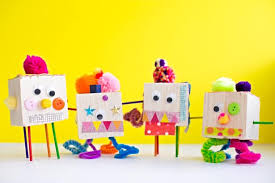
Simple Robotics Projects for Beginners:
Lego Robots: Use Lego Mindstorms or similar kits to build and program robots.
Brush Bots: Make simple robots using toothbrush heads and small motors.
Paper Robots: Create paper robots with basic circuits and LED lights.
Benefits of Learning Robotics:
Develops problem-solving and critical thinking skills.
Encourages interest in STEM (Science, Technology, Engineering, and Math).
Provides hands-on experience with technology and engineering concepts.
Science Experiments
Science experiments are a fun way to explore the world and learn about scientific principles.
Easy Science Experiments to Try at Home:
Volcano Eruption: Create a baking soda and vinegar volcano.
Rainbow in a Jar: Layer different liquids to create a colorful density experiment.
Magnetic Slime: Make slime that reacts to magnets.
Necessary Materials and Safety Tips:
Gather common household items like baking soda, vinegar, food coloring, and magnets.
Always supervise kids during experiments to ensure safety.
Use protective gear, like gloves and goggles, when necessary.
Benefits of Hands-On Science Learning:
Fosters curiosity and a love of learning.
Teaches the scientific method and critical thinking.
Provides practical experience with scientific concepts and principles.
Collecting and Building
LEGO Building
LEGO building is a versatile and creative hobby that can keep kids engaged for hours.
Benefits of Building with LEGOs:
Enhances fine motor skills and hand-eye coordination.
Encourages creativity and imaginative play.
Teaches problem-solving and spatial awareness.
Fun LEGO Projects and Challenges:
Build a City: Create buildings, roads, and vehicles to form a LEGO city.
Theme Builds: Choose a theme like space, underwater, or medieval and build accordingly.
LEGO Challenges: Set time-based challenges, like building the tallest tower or most creative structure.
Tips for Organizing and Storing LEGOs:
Use clear bins or drawers to sort LEGOs by color or type.
Create a dedicated LEGO play area to keep pieces contained.
Label storage containers for easy access and cleanup.
Model Building
Model building is a detailed and rewarding hobby that teaches patience and precision.
Types of Models:
Cars: Build model cars from kits that include detailed parts and decals.
Airplanes: Assemble and paint model airplanes, focusing on historical or modern aircraft.
Ships: Create intricate model ships, often involving wooden parts and rigging.
Basic Supplies and Kits:
Model kits specific to the type of model being built.
Glue, paint, and brushes for assembly and finishing.
Tools like tweezers, sandpaper, and hobby knives.
Step-by-Step Guide to Building Models:
Preparation: Lay out all parts and read instructions thoroughly.
Assembly: Follow the step-by-step instructions, taking care to fit pieces precisely.
Painting and Detailing: Once assembled, paint and add decals to complete the model.
Collecting Coins and Stamps
Collecting coins and stamps is an educational hobby that can also be a great way to learn about history and geography.
Introduction to Collecting:
Start with a basic collection and gradually acquire more items.
Learn about the history and significance of each item.
Use collecting as a way to explore different cultures and time periods.
How to Start a Collection:
Coins: Begin with coins from different countries or historical periods.
Stamps: Collect stamps based on themes like animals, landmarks, or historical events.
Storage: Use albums or cases to keep collections organized and protected.
Benefits of Collecting Hobbies:
Enhances knowledge of history and geography.
Teaches patience and attention to detail.
Can be a valuable investment over time.

Creative Writing and Reading
Story Writing
Creative writing is a wonderful way for kids to express their thoughts, ideas, and imagination.
Encouraging Kids to Write Stories:
Provide a notebook or journal dedicated to story writing.
Set aside regular time for writing sessions.
Encourage sharing and discussing their stories with family and friends.
Fun Writing Prompts and Activities:
Fantasy Worlds: Create a story set in a magical or futuristic world.
Adventures: Write about a thrilling adventure or quest.
Mysteries: Develop a mystery story with clues and surprises.
Benefits of Creative Writing:
Enhances language and writing skills.
Fosters imagination and creativity.
Provides a healthy outlet for expressing emotions.
Reading
Reading is a fundamental skill that can open up worlds of knowledge and imagination.
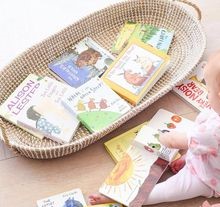
Choosing Age-Appropriate Books:
Select books based on the child’s reading level and interests.
Include a mix of fiction, non-fiction, and picture books.
Visit the library regularly to discover new titles.
Tips for Fostering a Love of Reading:
Create a cozy reading nook with comfortable seating and good lighting.
Set aside daily reading time as part of the routine.
Discuss books together to deepen understanding and enjoyment.
Fun Reading Activities and Challenges:
Reading Bingo: Create a bingo card with different reading challenges.
Book Clubs: Start a kids’ book club to discuss books with friends.
Reading Logs: Keep a log of books read, with reviews and ratings.
Journaling
Journaling is a personal and reflective activity that can help kids process their thoughts and emotions.
Benefits of Journaling for Kids:
Improves writing and communication skills.
Helps with emotional expression and self-reflection.
Encourages mindfulness and gratitude.
Different Types of Journals:
Daily Diary: Record daily events and thoughts.
Gratitude Journal: Focus on positive experiences and things to be thankful for.
Dream Journal: Write down dreams and explore their meanings.
Fun Journaling Prompts and Ideas:
Creative Prompts: Write about imaginary scenarios or alternate endings to favorite stories.
Art Journals: Combine drawing and writing to express ideas and emotions.
Travel Journals: Document trips and adventures with photos, drawings, and notes.
DIY and Handicrafts
Knitting and Crocheting
Knitting and crocheting are relaxing and productive hobbies that can result in beautiful handmade items.
Basics of Knitting and Crocheting:
Start with simple patterns like scarves or dishcloths.
Learn basic stitches such as the knit stitch and crochet chain stitch.
Use online tutorials or local classes for guidance.
Simple Projects to Start With:
Scarves: A straightforward project for beginners.
Beanies: Easy to knit or crochet and customizable with different colors.
Blankets: Start with small squares and gradually piece them together.
Benefits of These Crafts:
Develops fine motor skills and patience.
Provides a sense of accomplishment and creativity.
Can be a relaxing and meditative activity.
Woodworking
Woodworking is a hands-on hobby that teaches kids how to use tools and create functional items.
Introduction to Woodworking:
Start with basic projects using simple tools.
Teach safety rules and proper handling of tools.
Use kits or pre-cut pieces to make the process easier.
Basic Tools and Safety Tips:
Hammer, nails, and sandpaper.
Safety goggles and gloves.
Supervise kids at all times and teach safe tool usage.
Fun Woodworking Projects:
Birdhouses: Simple and functional projects.
Picture Frames: Easy to customize and decorate.
Toys: Create simple wooden toys like cars or animals.
Sewing
Sewing is a valuable skill that combines creativity with practicality.
Basics of Sewing:
Start with hand sewing before moving to a sewing machine.
Learn basic stitches like the running stitch and backstitch.
Use fabric scraps for practice projects.
Simple Sewing Projects for Kids:
Pillows: Easy to sew and customize with different fabrics.
Stuffed Animals: Simple patterns for making cute plush toys.
Clothing: Start with accessories like scarves or simple skirts.
Benefits of Learning to Sew:
Teaches patience and precision.
Develops hand-eye coordination and fine motor skills.
Allows for creative expression and customization of personal items.
Concluding the Best Kid Hobbies
Exploring new hobbies provides kids with opportunities to discover their passions, develop new skills, and have fun.
This guide offers a diverse range of activities from arts and crafts to outdoor adventures, sports, performing arts, STEM activities, collecting, building, creative writing, reading, and DIY handicrafts.
Encouraging children to try different hobbies can lead to lifelong interests and help them grow into well-rounded individuals.
Encourage your kids to pick a hobby from this list and dive in today – who knows, they might just find their new favorite pastime!



